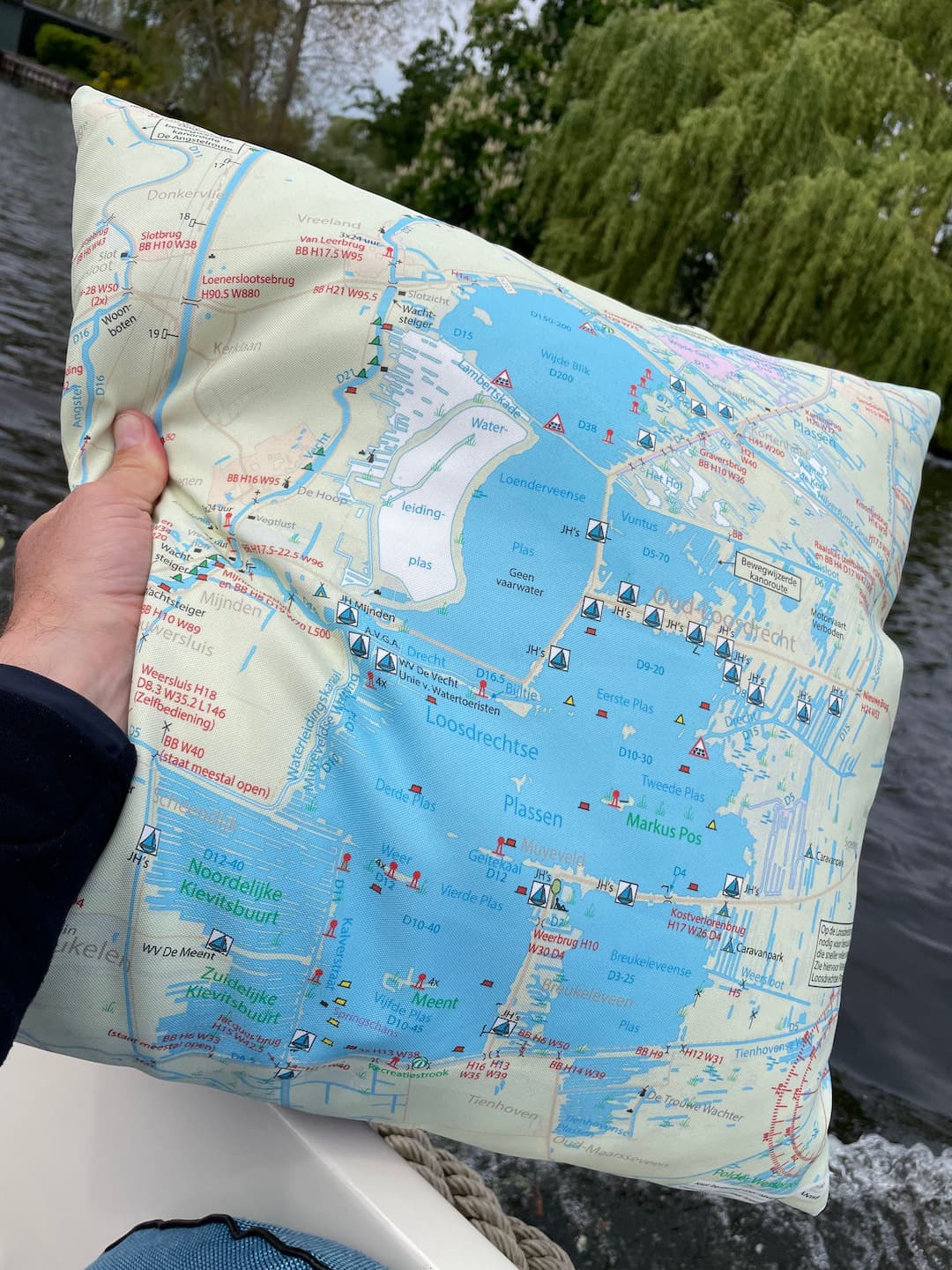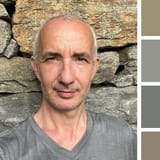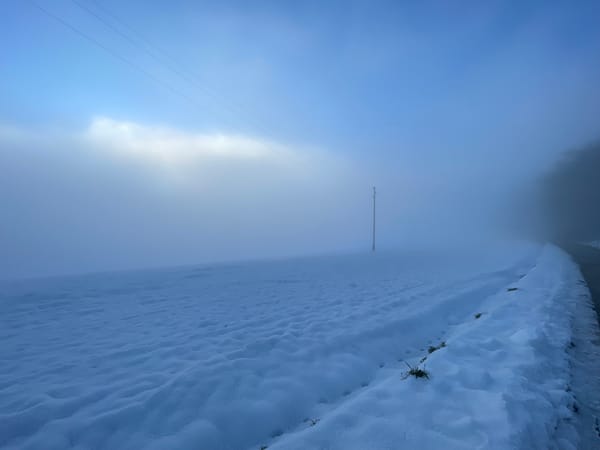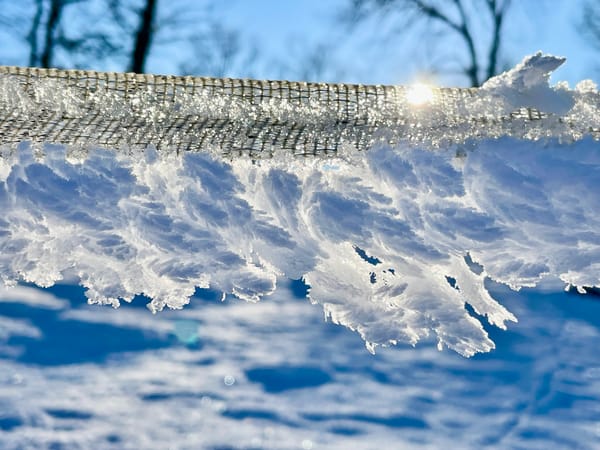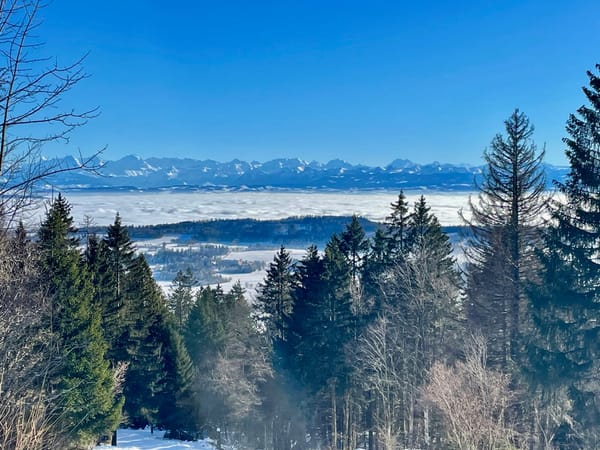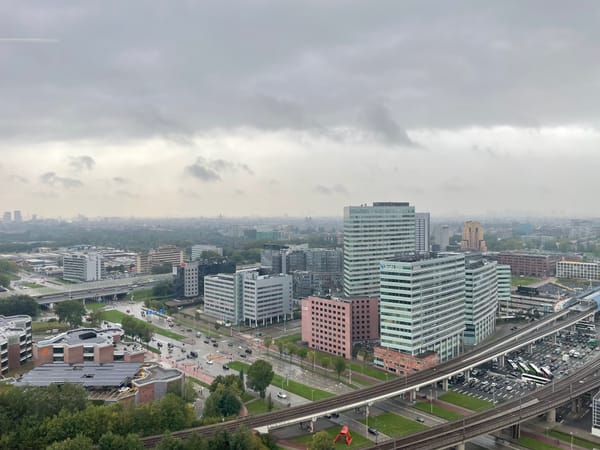What a silk map learned me about content
I create content for the web, but what is content? I tell a story about a silk map to explain the word and concept of content.
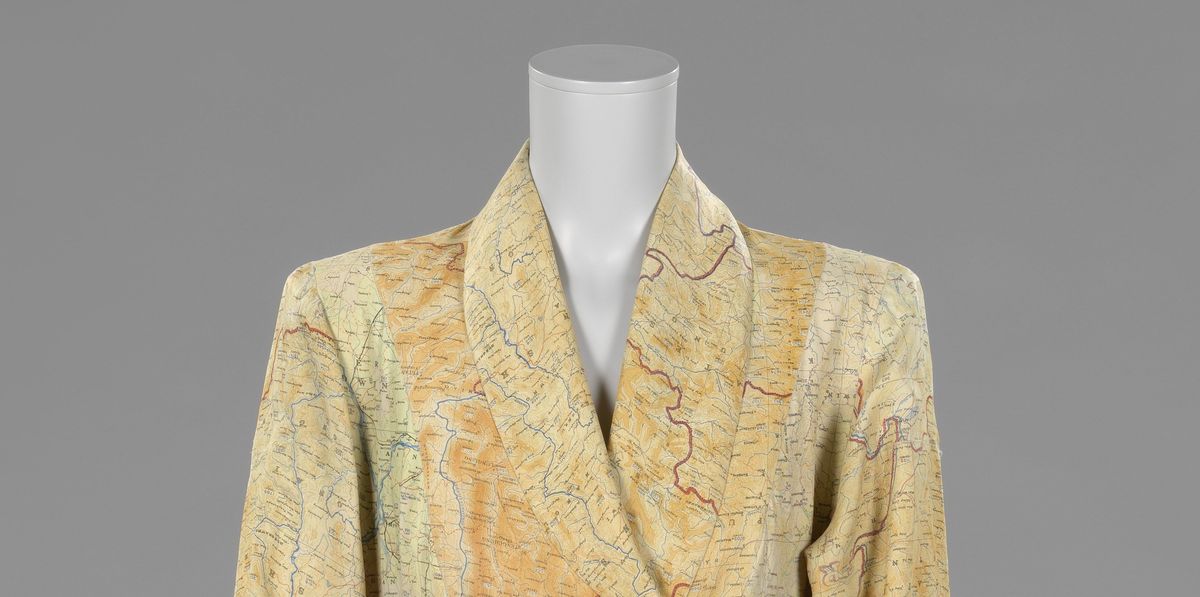
I have been playing with the concept of content for a while now. About 30 years ago, I started my work in the digital field as a webmaster. And throughout my career, I have been working with content. By writing, photographing, creating websites, developing interactive applications, using management systems, doing search engine optimization. But it is such a fluid concept, a fleeting concept, much like the word energy.
Content
The word literally means something has content. That which is contained. But as soon as you do something with content, arrange it, adjust the medium, you just created some new content. Digitally, this can be done quickly, easily and in large quantities. A film is content, but consists of separate parts which are also content. Like the music, for example. If you play live music with a film, new content is created again.
By linking content through references, a new product is created. An article on Wikipedia is content, but Wikipedia is also content. An image is content, that image in a webpage is content and that webpage is a website and that is content. In short, the whole internet is content.
Content sets the mind in motion
Let me just take a sober and practical look at it and not make it too philosophical. Content is an abstraction and, nowadays, also data that can be brought to life by an instrument (device) and transformed through the senses. Content can be used to learn (information), to enjoy or, for example, to distribute and share. In this sense, content is a potential, something that can set the mind in motion. Like an energy.
The silk map
This somewhat romantic narrative to content helps me not to get bogged down in a complex story with categories. If content can be seen as potential energy, then I can look at it more creatively.
That's precisely the insight I got when I read about a Dutch woman who was imprisoned in a prison camp. But after the war, to go back to Europe, she made a beautiful dress for herself with needle and thread. From silk maps.
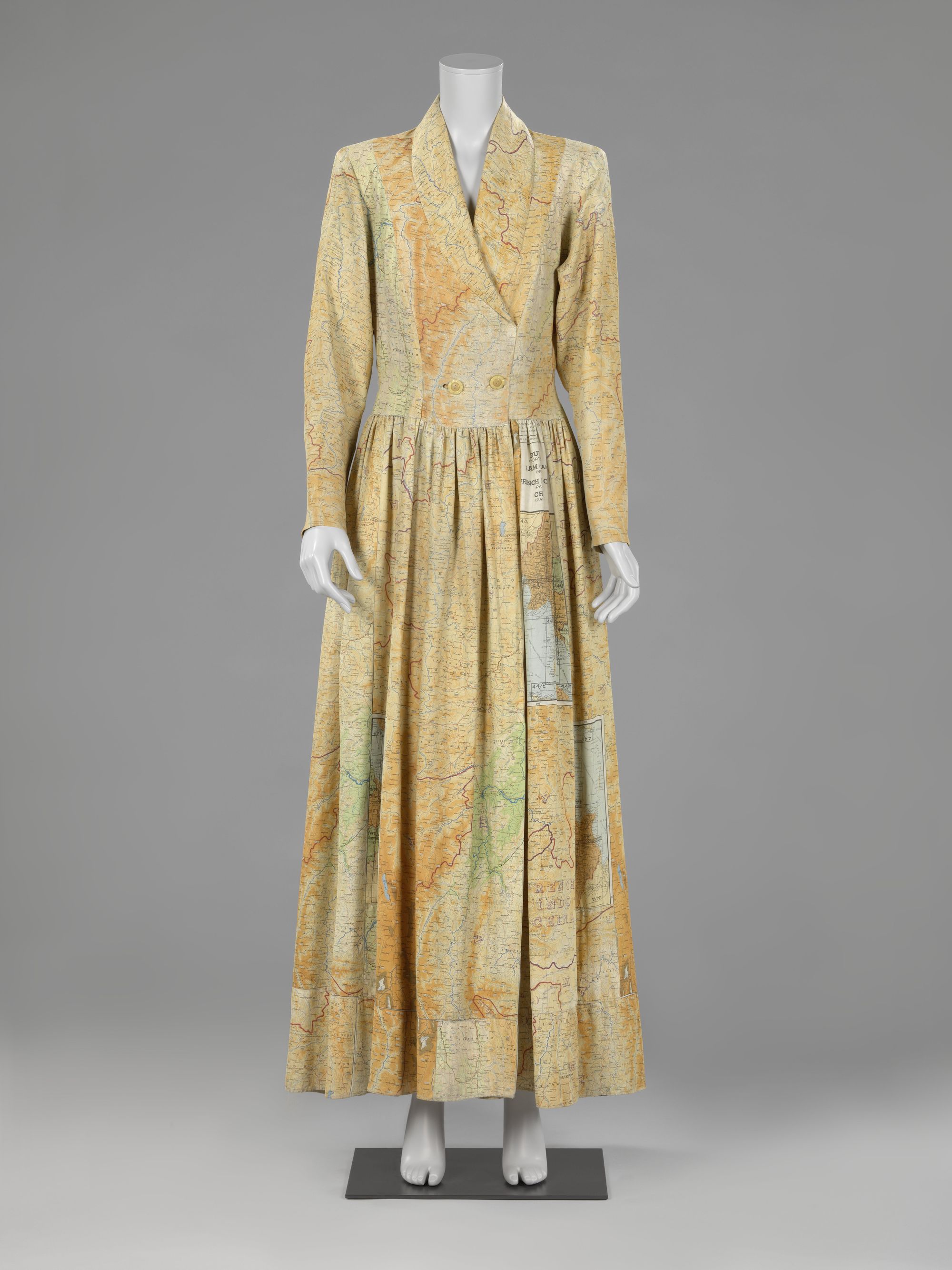
At first, I did not understand it and had to ask around a bit. The story was that during the Second World War, Allied airmen wore a silk scarf. On that scarf was a map of the area over which they were flying. If they crashed, they had a lightweight, waterproof, non-cracking map of the area.
This conversion of content from a paper map, to a silk scarf, to a dress made me happy and gave me an insight. This dress is an excellent anecdote to explain the special nature of content. It is what you do with content that makes it what it is. And a map is a map when used to find the way. On parchment, paper or a silk cloth. But as a garment it is a pattern, a decoration. A map without an area.
